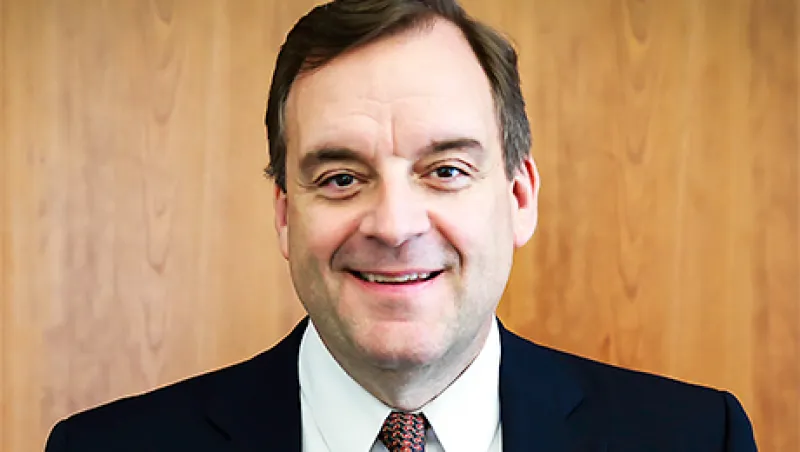New York City’s $160 billion retirement system is the fourth-largest public pension in America, with a governance structure so intractable that even former mayor Michael Bloomberg could not fix it. The role of chief investment officer of the NYC funds — all five of them — has been credibly called the toughest CIO job in institutional investing.
Scott Evans accepted the position in 2014, the latest in a line of Wall Street executives to heed the call of an elected New York City comptroller and lead the Bureau of Asset Management. When the comptroller leaves, traditionally CIOs have as well. This has created a pattern of short leadership tenures at the bureau. A number of CIOs have undertaken major governance and operational reforms, made some progress, then left only a few years later.
Evans has built on his predecessors’ progress and accomplished key reforms that change the daily life of investment team members — namely, increasing their compensation so they can afford to live in the city they’re working for.
NYC’s chief investment officer previously spent 27 years at TIAA and retired as president of asset management in 2012. In April, he was honored as CIO of the Year at Institutional Investor’s annual Public Pension Fund Roundtable in Beverly Hills, California.
Evans’ boss, Comptroller Scott Stringer, called him “everything you want in a Chief Investment Officer. He’s knowledgeable, driven, and sharp. In just three short years, Scott has delivered fundamental changes that will improve the office and yield success in the long-term. He’s changed the way we do business for the better. Scott’s work is making a difference in people’s lives, and this award speaks to that success.”
Evans spoke with Leanna Orr of Investor Intelligence Network — this publication’s private community for institutional allocators — about turning around the New York City Retirement Systems and what still needs fixing.
Leanna Orr, IIN: You are three years into your tenure at NYC’s public pension — a role I’ve heard called “the hardest job in institutional investing,” for its labyrinthine governance structure. Have you tackled that? If so, what has been the most meaningful change?
Scott Evans, New York City Retirement Systems: Under the guidance of NYC Comptroller Scott M. Stringer, we have moved from an unwieldy 54 investment committee meetings a year to a more workable and typical six to eight. That fundamentally changed the equation here. We did not attempt to consolidate our five Systems to a single investment committee, but rather we were able to get everyone in one room, and that freed up my staff to be able to select managers.
Orr: What about on the investment side?
Evans: Having so many fewer meetings enables us to get out and start kicking the tires of some of our managers. I asked staff to get out and visit each one of our managers once per year, and we really changed the whole dynamic.
Orr: One of your predecessors remarked to me that getting the office vacuumed was a serious accomplishment early in that tenure. And I’ve personally attended meetings there where managers perched on windowsills before presenting, because the board room was so cramped. Was it a surprise moving from the private-sector to the Bureau’s humble environs?
Evans: We renovated a floor here at 1 Center Street. We now have nice offices — they are not anything fancy, but they’re functional. People feel like it’s a professional environment. That sets the stage for an entirely different manner of moving forward.
Orr: You’ve pulled off some serious change in a few years. What’s the status of the Bureau of Asset Management’s evolution?
Evans: We’re now doing the things that any well-run investment organization would do as part of their process. You had an operational organization that was built for bonds, and involved in every exotic asset class.
These are all things that are like breathing for a large institutional asset manager, but just didn’t exist here before.






